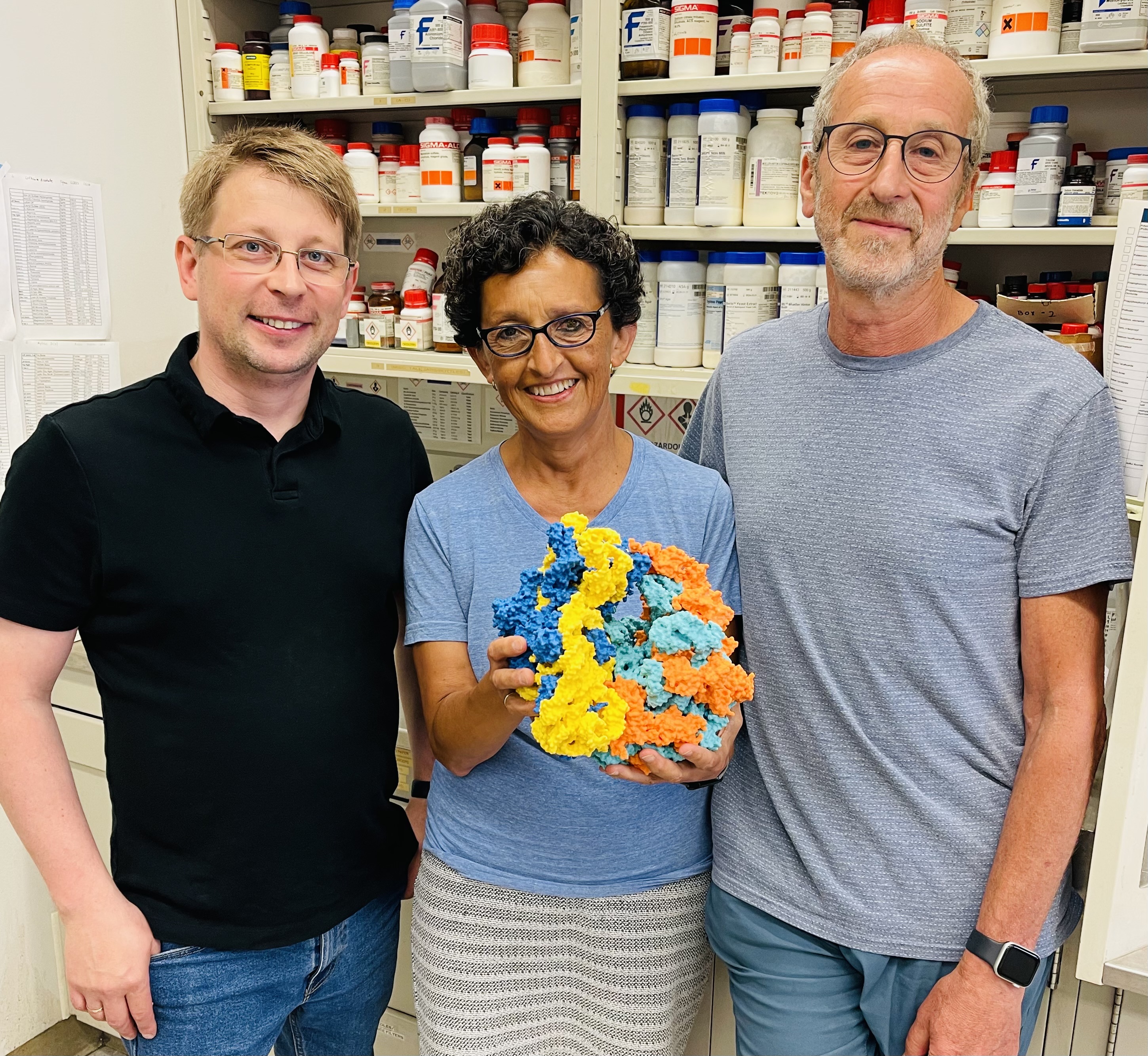A new class of antibiotics is offering real hope of a response to the problem of antimicrobial resistance, hitting bacteria with a dual-pronged assault that’s almost impossible to combat. Called macrolones, the drugs target two bacterial processes simultaneously – and the scientists behind a new study say this makes evolving resistance 100 million times more difficult.
Antimicrobial resistance in bacteria, parasites, fungi, and viruses is an ever-increasing threat to human health. The World Health Organization estimates it was directly responsible for 1.27 million global deaths in 2019, and the problem is growing.
When it comes to bacteria, the rise of resistant “superbugs” that can evade many or all of our existing antibiotics threaten to return us to an era when even a minor infection could be deadly. To try and get us off this path, scientists are racing to develop new and improved antibiotics, helped by modern technology – and even turning to some much more old-school methods to try and stop the problem from getting worse.
What we really need, though, is a drug that bacteria can’t evolve resistance to. Otherwise, we’ll forever be stuck in this arms race. A new study from the University of Illinois Chicago and the Beijing Institute of Technology reports on a class of drugs called macrolones, which might offer the solution we’ve been looking for.
“The beauty of this antibiotic is that it kills through two different targets in bacteria,” explained senior author Alexander Mankin in a statement. “If the antibiotic hits both targets at the same concentration, then the bacteria lose their ability to become resistant via acquisition of random mutations in any of the two targets.”
Macrolones are synthetic compounds that bring together two widely used antibiotics that each target bacterial cells from different angles.
The first are macrolides like erythromycin, commonly prescribed to treat conditions such as chest infections and some sexually transmitted infections, which prevent bacteria from efficiently manufacturing the proteins they need to function by blocking the ribosome. The second are fluoroquinolones like ciprofloxacin, a broad-spectrum antibiotic that’s often used when other drugs have failed. These target a bacterial enzyme called DNA gyrase, thereby stopping the DNA from achieving the correct structure.
The team synthesized a suite of different macrolones and investigated their effects on bacteria. While some targeted either the ribosome or DNA gyrase preferentially, there was one candidate that stood out from the pack – at its lowest effective dose, it targeted both cellular processes equally.

University of Illinois Chicago investigators Yury Polikanov, Nora Vázquez-Laslop, and Alexander Mankin, who collaborated on this study, holding a model of a macrolone antibiotic.
Image credit: Dmitrii Travin
“By basically hitting two targets at the same concentration, the advantage is that you make it almost impossible for the bacteria to easily come up with a simple genetic defense,” said Yury Polikanov, an associate professor who heads up one of the labs that conducted the work.
Some of the macrolones could even continue to target the ribosome when the bacteria had evolved a resistance mutation that usually prevents traditional macrolides from working.
Further development of these very promising compounds could provide us with some of the best hope we have for drugs that can counter the “antibiotic apocalypse” before it’s too late.
“The main outcome from all of this work is the understanding of how we need to go forward,” Mankin said. “And the understanding that we’re giving to chemists is that you need to optimize these macrolones to hit both targets.”
The study is published in the journal Nature Chemical Biology.
Source Link: Bye Bye Superbugs? New Antibiotic Is Virtually Resistance-Proof